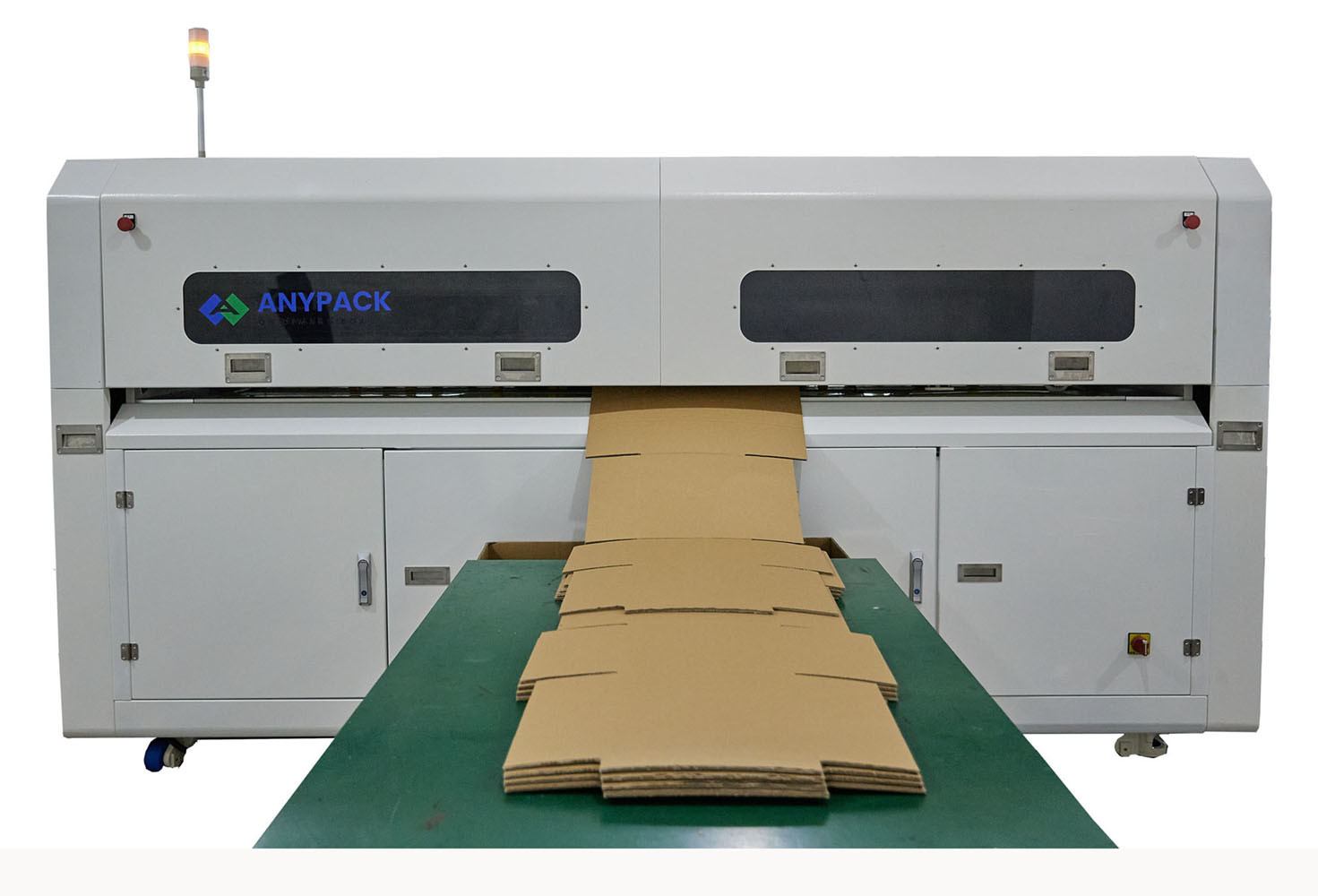In the dynamic world of packaging, where aesthetics meet functionality, one unsung hero plays a pivotal role—the corrugated box. These unassuming containers are the backbone of the packaging industry, ensuring the safe and secure transit of goods across the globe. Behind the scenes, a complex and fascinating process unfolds to bring these boxes to life. In this blog, we delve into the heart of packaging—corrugated box production—and unravel the intricate journey from raw materials to the sturdy, Corrugated Box Machine that protect our products.
The Anatomy of Corrugated Boxes:
Corrugated boxes are constructed from three main components: linerboard, medium, and adhesive. Linerboard, a flat paperboard, forms the outer layers of the box, providing structural strength and surface for printing. The medium, a corrugated or fluted sheet, is placed between the linerboards to add rigidity and cushioning. Adhesive binds these layers together, forming a cohesive unit that withstands the rigors of transportation.
Raw Materials:
The production of corrugated boxes begins with the careful selection of raw materials. Kraft paper, derived from wood pulp, serves as the primary material for linerboard and medium. The choice of paper and its quality impact the strength, durability, and printability of the final product. Sustainable practices in material sourcing are gaining prominence as the industry recognizes the importance of environmental responsibility.
Corrugating Process:
The corrugating process is the heart of corrugated box production. It involves passing the medium through corrugating rollers to create the characteristic waves or flutes. These flutes provide strength and flexibility to the material. The corrugated medium is then bonded to the linerboards using adhesive, forming what is known as the corrugated board.
Conversion Process:
Once the corrugated board is ready, it undergoes the conversion process to transform it into actual boxes. Precision is key in this stage, as machines cut, score, and fold the corrugated board into the desired box shape. Various box styles, such as regular slotted containers (RSC), die-cut boxes, and custom shapes, can be created to meet specific packaging needs.
Printing and Finishing:
The aesthetic appeal of corrugated boxes is often enhanced through printing and finishing techniques. High-quality graphics, brand logos, and product information can be applied to the boxes using flexographic or digital printing methods. Additionally, coatings and finishes, such as varnishes or laminates, may be added to improve aesthetics and provide extra protection.
Quality Control:
Throughout the production process, stringent quality control measures ensure that each corrugated box meets industry standards and customer specifications. Strength, dimensions, and print quality are carefully inspected to guarantee the reliability of the final product. Advanced technologies, such as automated inspection systems, contribute to the precision and consistency of the manufacturing process.
Conclusion:
In the world of packaging, corrugated box production stands as a testament to the marriage of form and function. From the selection of raw materials to the meticulous conversion process, every step contributes to the creation of a robust, reliable, and visually appealing packaging solution.
